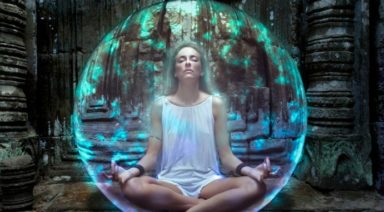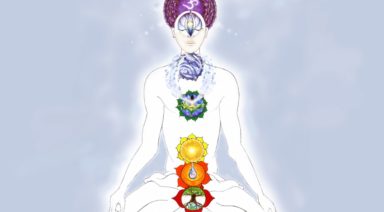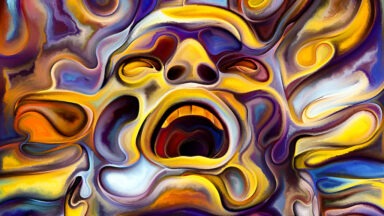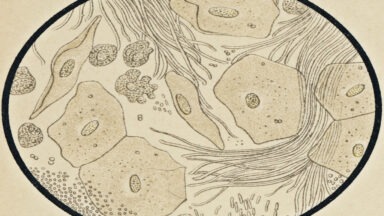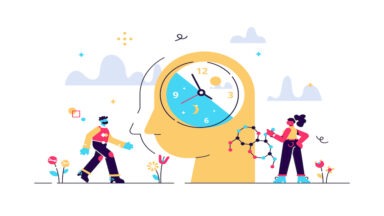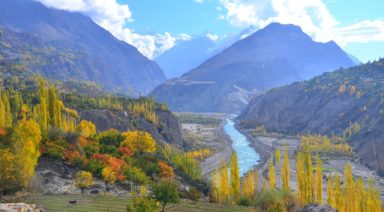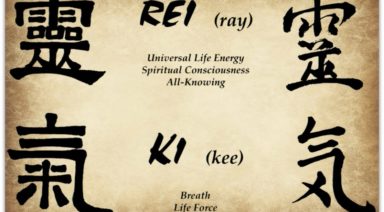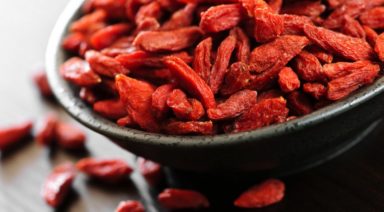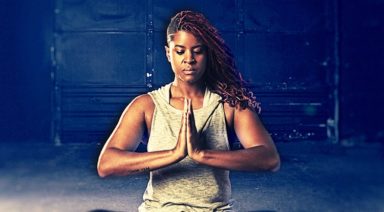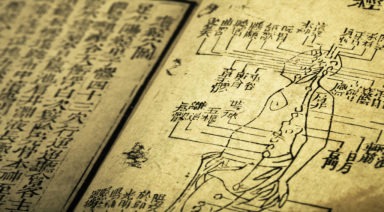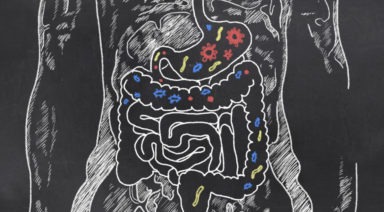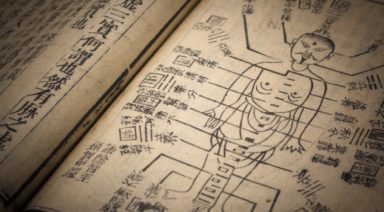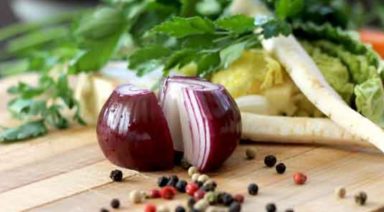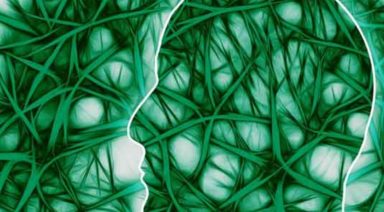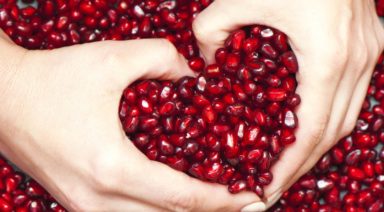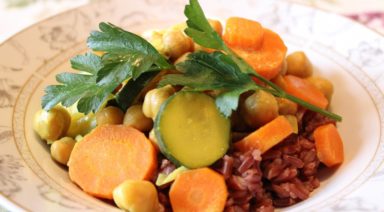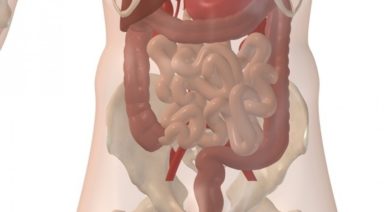The Heart Chakra: Foods for Passion
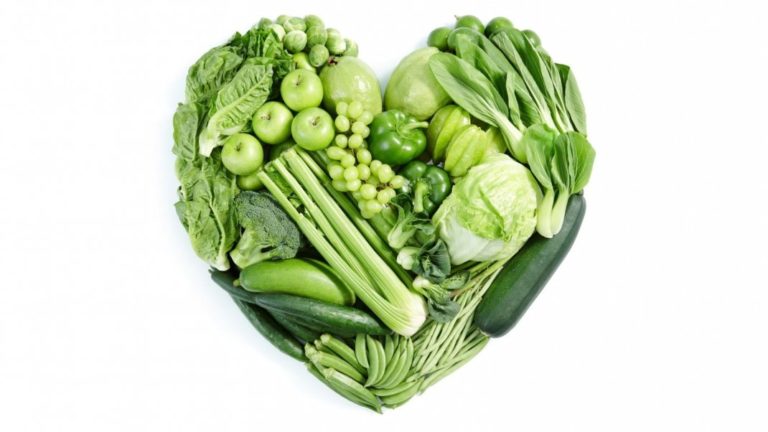
The Anahata Chakra is situated in the center of your chest, close to the heart. Its mantra is YAM. The color that represents this chakra is green. You feed this chakra by finding your passion and following your heart: have faith, find ways to express yourself and practice appreciation, balance giving and receiving and (most importantly) give yourself permission to forgive others and yourself.
When your heart chakra is in balance you will feel a great compassion for all living creatures. You will be kind, caring, joyous and outgoing. You will feel completely at ease with yourself and the people in your life. You’ll no longer mind spending time alone, and will feel completely satisfied with “me” time.
When your heart chakra is unbalanced you will probably be very negative in your thinking, and may find it very difficult to keep a positive outlook in life. You may feel unloved, unworthy and unappreciated. This will manifest in the world around you, and will only confirm these “beliefs” about yourself. You may even have a hard time accepting love from others and feel like you just have to settle.
How to Balance Your Heart Chakra
Learn the art of mindfulness and loving kindness — the foundations for living with an open heart — in The Yogi’s Heart, a guide for opening and connecting. For it is only when you approach life from a place of openness can you embody connectedness with all things.
Recipe: Green Juice or Smoothie for Your Heart
To keep the heart chakra spinning and love emanating, here is a quick recipe you can blend or juice:
Ingredients:
- 1 cup coconut water
- 1 bunch kale (de-stemmed)
- 1 green apple (I like Granny Smith)
- A small piece of ginger
- 1 half cucumber
Directions:
Blend or juice all of the ingredients together. If you juice, use the whole cucumber. You’ll end up with a beautiful green juice or smoothie to enjoy!
Read the Other Articles in This Series:
The Root Chakra: Foods to Ground and Strengthen
About the Author

A southern yogini in Florida! I love NASCAR, country music, meditation and mudras! When I’m not teaching asanas at a hot studio, with recovering addicts at Footprints Beachside Recovery, working with pre and post natal moms or on a paddle board you can find me in the kitchen cooking up some vegan dishes and sharing my love for a healthy lifestyle with all of you!
Facebook: Heidi Fit
Next Article
7 Chakras: What You Need to Know About Chakra Alignment
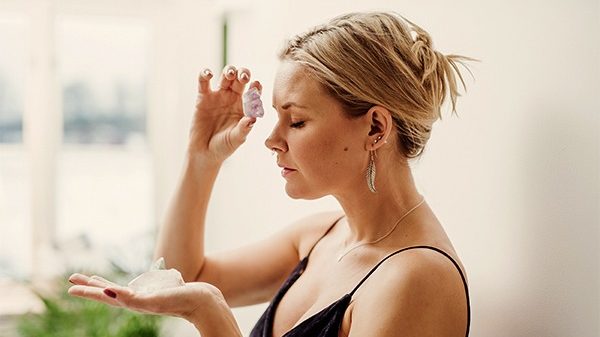
Chakra comes from the Sanskrit word for wheel and is more commonly translated to mean a point of physical or spiritual energy in the human body.
If you picture yourself sitting cross-legged in Lotus pose, the 7 chakras are located on one’s body from the top of one’s head to the base of one’s spine. Each chakra has a specific location and several unique attributes. While they are aligned with the physical body, they are not something you can touch, but are something you can feel and sense.
One thing that most people don’t realize is that your chakras can both be too closed or too opened. Leaving your chakras too open or vulnerable is just as unhealthy as having closed chakras. As you read the descriptions of the 7 main chakras below, be thinking about how they relate to you.

The video streaming platform exploring Alternative Health, and Chakras and Auras
Free Trial

